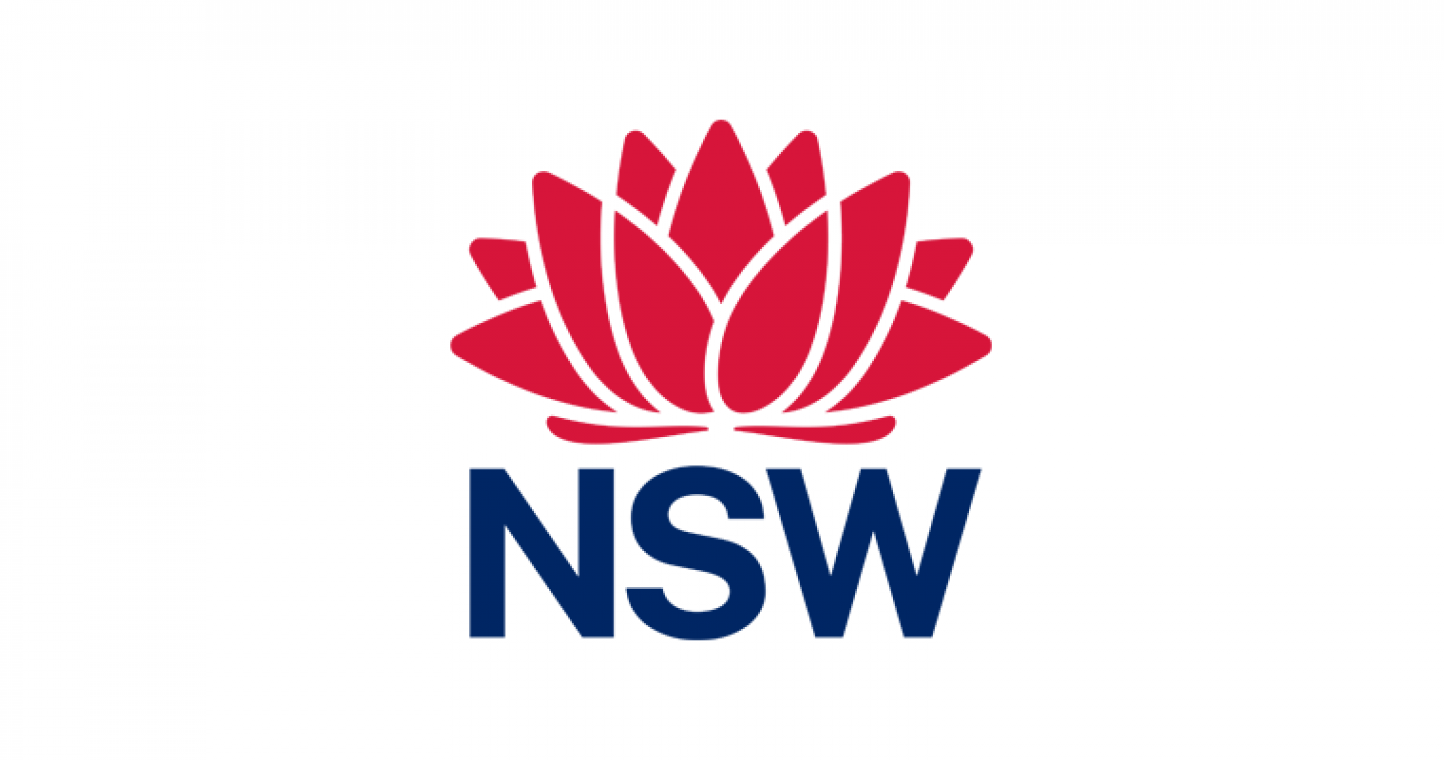Biosecurity measures to prevent the spread of fire ants into NSW are being ramped up as increased seasonal demand for livestock feed and landscaping supplies increase the risk of the invasive pest being inadvertently carried across the border.
Minister for Agriculture Tara Moriarty today visited the Tweed Heads region to discuss a cross-border task force with biosecurity compliance experts from NSW Department of Primary Industries, Queensland’s Department of Agriculture and Fisheries (QLD DAF), the National Fire Ant Eradication Program and NSW Police.
“We have had restrictions in place for many months now to ensure that high-risk materials including soil, hay, fodder, mulch, manure, quarry products, turf and potted plants are not unlawfully moved into NSW,” Ms Moriarty said.
“We expect that more people will be transporting fodder across the border as seasonal conditions deteriorate in some areas of NSW and that we’ll see increased demand for landscaping and building supplies as the weather warms up.
“The best defence we have is individual responsibility and to have everyone observing the rules around the safe movement of these materials, so it’s important that everyone is aware of how they can help prevent the spread of these invasive pests.
“Where appropriate, we will work with agencies such as NSW Police on enforcement activities, with the penalties for breaches of the Control Order ranging from up to $1.1 million for an individual and up to $2.2 million for a corporation.”
Ms Moriarty said the enhanced task force would ensure a coordinated approach between both jurisdictions.
“NSW has already committed $95 million over the next four years to the National Fire Ant Eradication Program, and we are throwing everything at our efforts to stop fire ants in their tracks because we know the potential impact they could have on our health, our lifestyle and our economy if they crossed the border into NSW.
“To further boost our compliance activities, we are conducting site inspections on both sides of the border and harnessing the capabilities of existing fixed camera systems at key road crossings between NSW and Queensland.
“This camera technology is normally used to conduct livestock movement surveillance but will be critical in helping us spot high-risk materials being moved illegally across the border.
“Border crossing signage, liaison with local councils, social media awareness campaigns and letter box drops of useful information in key local government areas will also continue to be used to boost community awareness of fire ant risks and responsibilities.”
Queensland Minister for Agricultural Industry Development and Fisheries Mark Furner MP welcomed the cross-border initiative.
“We know that if it wasn’t for the world’s most successful fire ant eradication program we would have fire ants spread as far as Bowen in the north, Longreach in the west and Canberra in the south,” Mr Furner said.
“New South Wales, all other states and the Commonwealth recently supported a new response plan to contain and eradicate fire ants.
“Working together is key to stamping out fire ants once and for all,” he said.
“The new taskforce will complement the work of the National Fire Ant Eradication Program as well as the Queensland Government’s Fire Ant Suppression Taskforce.
“NSW understands how important this work is for the entire nation. If we give up the fight against fire ants, Australia faces economic costs of up to $2 billion every year, forever.”
Program Executive for the National Fire Ant Eradication Program, Ashley Bacon said the joint biosecurity efforts would be targeted for maximum impact.
“The most recent review of our program showed eradication of fire ants is still possible because of the work we have done,” Mr Bacon said.
“Our new response plan incorporates key learnings, considers science and innovation technologies and addresses recommendations made in previous reviews.
“Eradicating fire ants requires a whole-of-community approach.
“Community, business, industry and all levels of government all have a legal responsibility to look for, report and stop the spread of fire ants, including by treating and mitigating the risk of moving the pest.
“By working together, we can protect the Australian way of life we know and love from fire ants.”
For more information on fire ants, visit the Department of Primary Industries website








